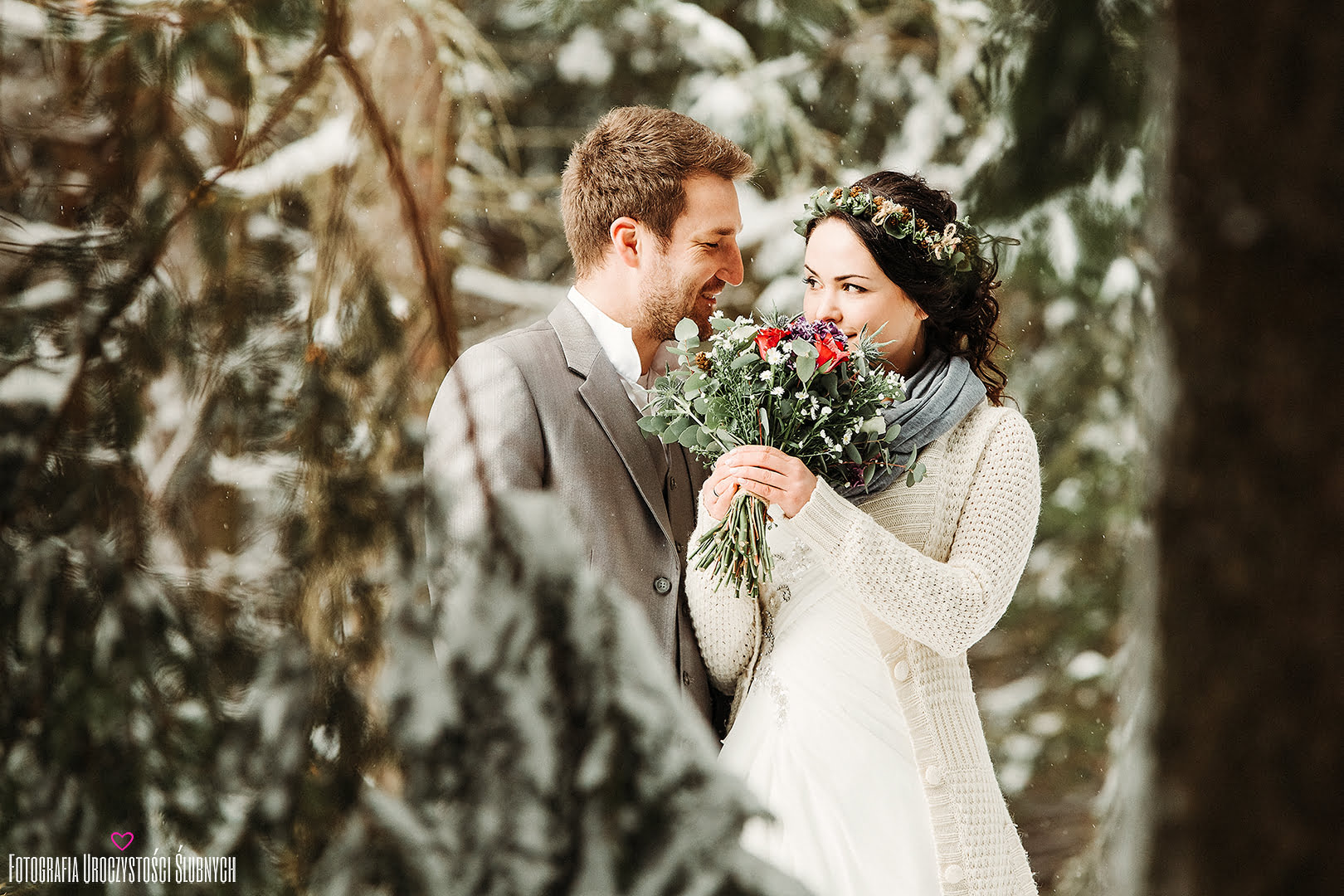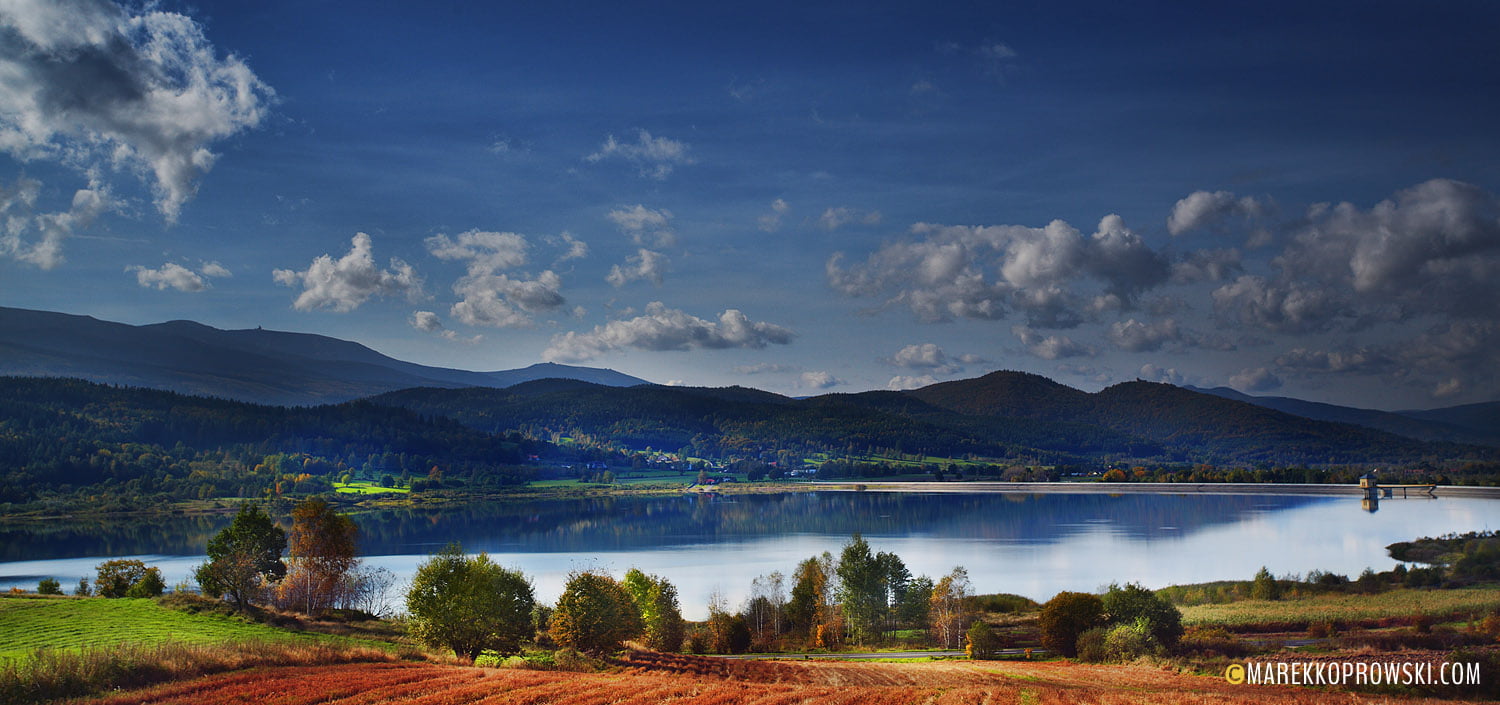Returning to tradition and rediscovering rituals has become a fashionable trend in recent times. Young people are more and more willing to cultivate traditions and look for inspiration in them to organize their own wedding. These traditions originated centuries ago, some of them may even date back to Slavic times. What does traditional look like and what makes it stand out? old Polish wedding?
An old Polish wedding, or a return to the roots
Not everyone knows that many Polish wedding traditions, from which today's young couples draw, date back to Slavic times. They were cultivated in Polish lands until the Enlightenment. In subsequent eras, however, old Polish weddings were abandoned. Nevertheless, various rites survived in some regions. This was especially visible in villages.
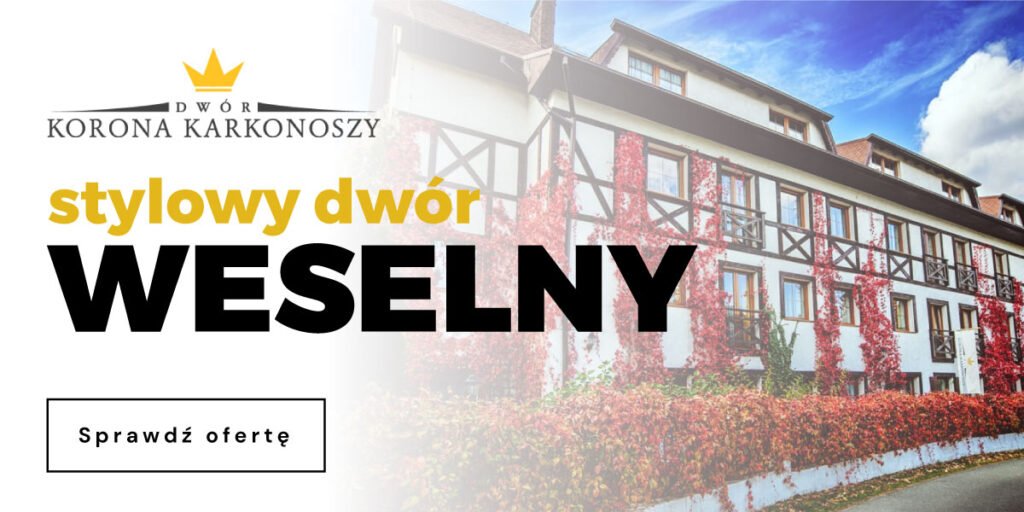
Old Polish weddings differed depending on which social group organized them. It looked different among the peasants and the bourgeoisie. The most impressive weddings were organized by the magnates. They could number up to several thousand guests. They lasted about a week and were accompanied by various games and events sparklers for a weddingand even fairs.
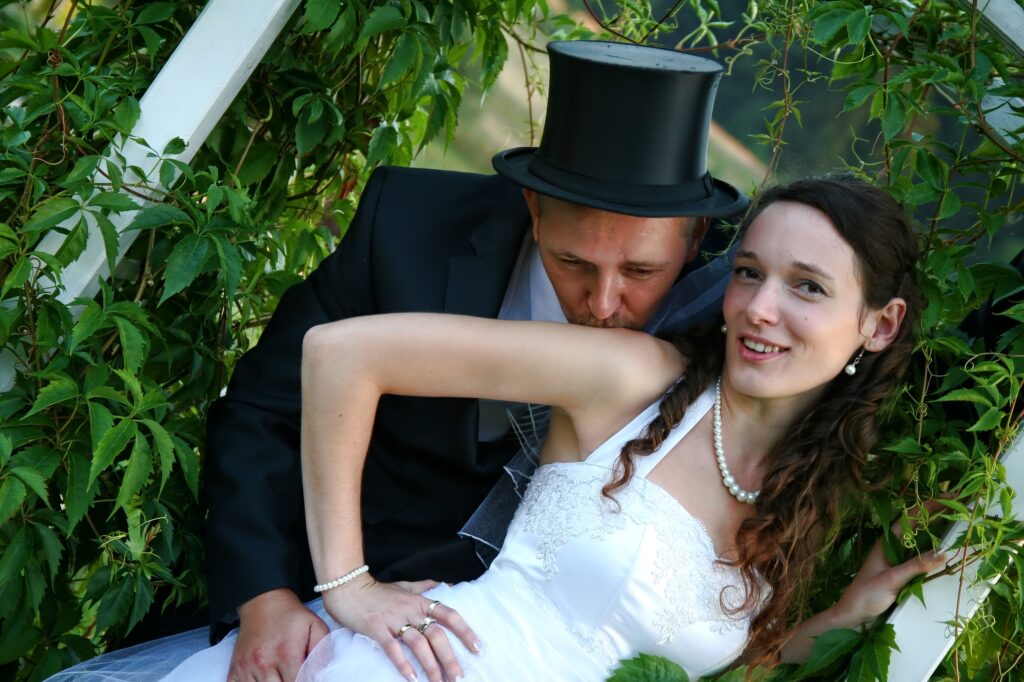
When talking about an Old Polish wedding today, what comes to mind is primarily an idyllic wedding organized by peasants. However, this does not change the fact that the bride and groom can use wedding elements that were present in all social groups. All the more so because some of them were common, regardless of the status of the engaged couple at that time.
Elements of an old Polish wedding
Traditional wedding in Poland it started in the bride's house. Whereas today, when the wedding is organized in... wedding halls or restaurants, there is no need to summon relatives and neighbors to prepare a party, so the tradition of starting the wedding at the house where the bride lives has remained to this day. This is where the groom and the bride and groom's relatives come. Also at home, the parents bless the bride and groom, and then go together to the office or temple.
Bride's outfit
It was a traditional element of the bride's outfit flower crown. Wedding wreaths are a remnant of Slavic traditions. Then both the bride and the groom exchanged wreaths as a sign of their love during the wedding ceremony. In later times, this tradition gave way to exchanging wedding rings, i.e. today's wedding rings. Interestingly, this new custom was first adopted among peasants, and only years later it was taken over by more wealthy bride and groom.
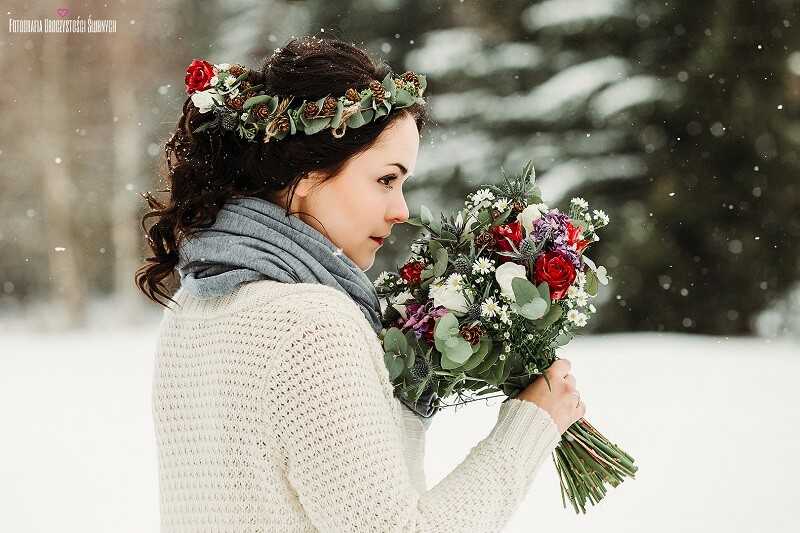
A wedding in the old Polish style is no different from today's ceremonies. A church decorated with flowers, the bride and groom taking an oath and exchanging rings. These are traditions dating back to the beginnings of Slavic culture.
What does an old Polish wedding look like?
To create a traditional Old Polish wedding, it is worth starting with choosing the right one wedding hall. An Old Polish wedding, which takes place in a manor house, will certainly allow you to feel the spirit of those years. The Crown of the Karkonosze Manor, with my dinOrska Ballroom, whose wooden, restored vault is suspended 9 meters above the ground, is the perfect setting for the reception. The room's decor should also reflect it. The bride and groom can choose wildflowers. If the celebration takes place at the end of summer, ears of cereals and wild flowers may be an ideal idea for decorations.
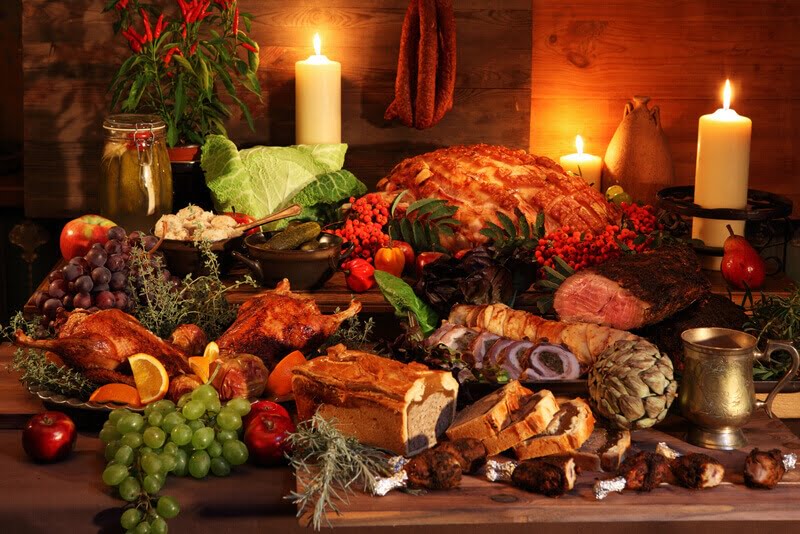
Another decoration and also an element menu, present at an old Polish wedding, is a banquet table placed on the sidelines. Its meats, lard, fresh bread and pickled cucumbers are a great way to refer to old Polish culinary traditions.
In addition to the decor, other elements of the wedding are also important. Bandwho is conducting a wedding in the Old Polish style should make sure that the revelers start the party by dancing the traditional polonaise together. During the party, the musicians can also start singing wedding songs together.
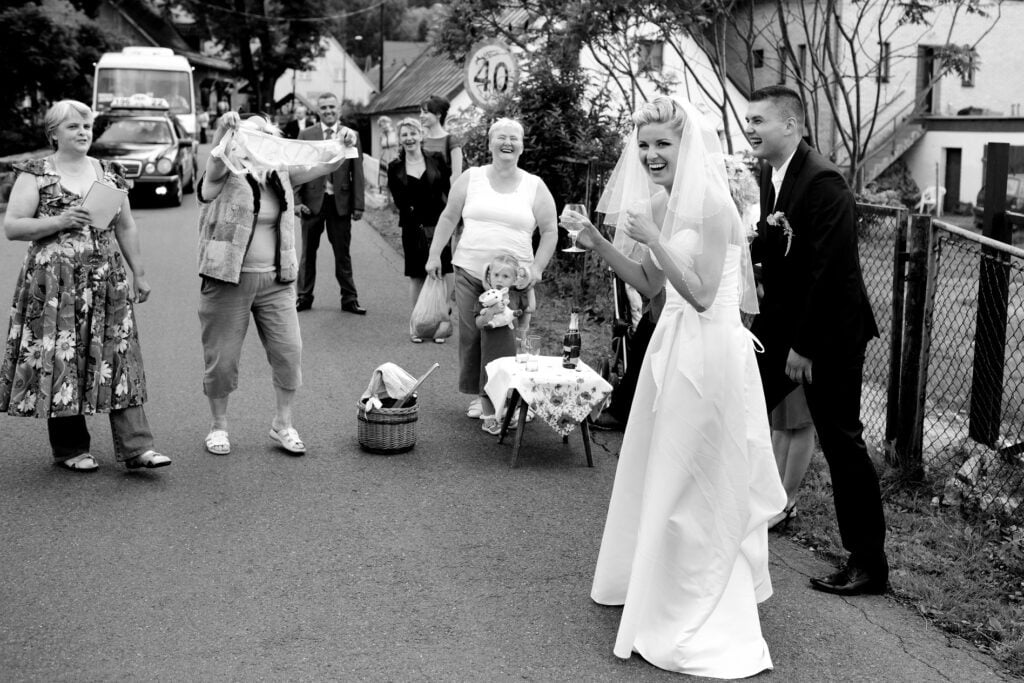
Oczepiny – an old Polish tradition
In the past, caps were a very important element of all weddings. The bride's wreath was removed from her head, her braid was cut off and a special headgear was put on - a bonnet. It was reserved only for married women. The bride and groom threw their wreaths. All unmarried and unmarried men took part in this game. Catching this symbol of love was supposed to guarantee quick marriage.
wedding customs
This element of the Old Polish wedding was also full of songs and poems. Often, unsophisticated words spoke about fertility and wished the newlyweds happiness. This custom also dates back to Slavic times, when our ancestors paid tribute to the goddess of fertility in this way. Today, such chants are abandoned. Similarly, vulgar fun gives way to more cultured and modern entertainment. Many couples also decide to... wedding without the caps. It all depends on individual preferences.
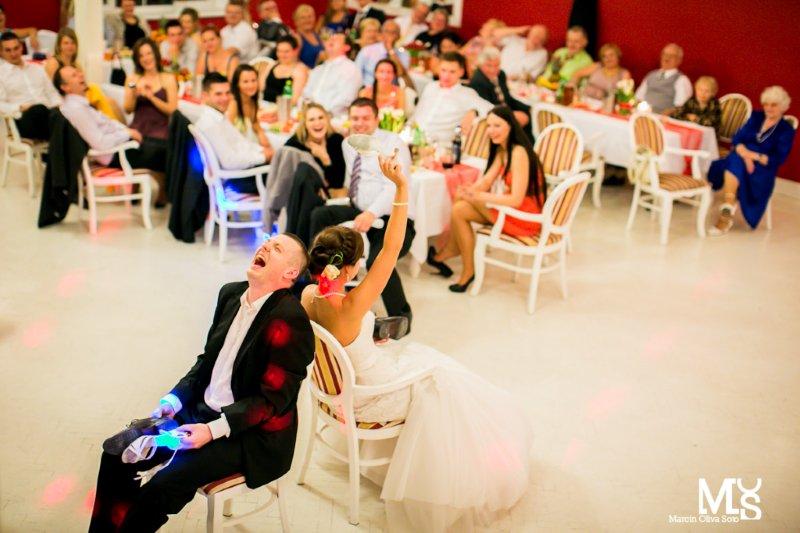
Tradition in fashion
In some parts of Poland, there is a stronger attachment to culture. To this day, traditional highlander weddings last several days. It is also a tradition taken from ancient times, when a wedding could last up to a week. In the Lublin region, wedding guests are still treated to traditional cakes, i.e. a special cake that was supposed to ensure the well-being of the bride and groom.
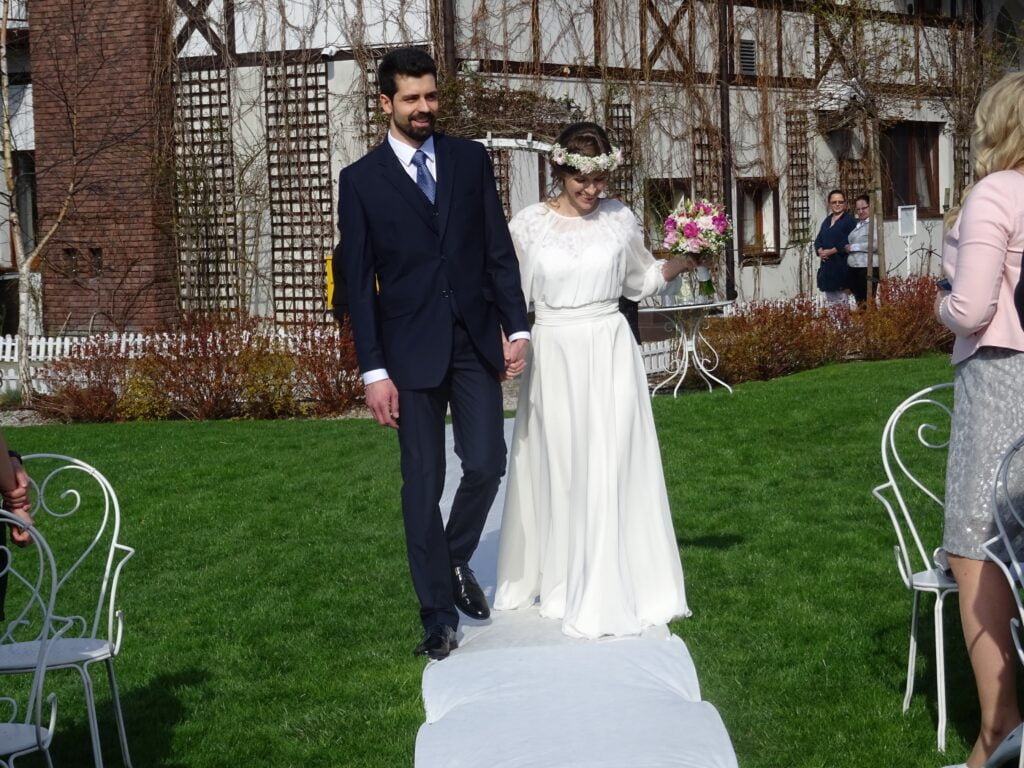
After times that focused primarily on modernity and broke with tradition, it was time to return to the roots. Young people are increasingly willing to return to cultivating ancient rituals. An old Polish wedding usually took place at the end years – after the harvest, when it was possible to organize feasts full of abundance. Only a few and the richest decided to do so winter weddings, Whether spring. Today wedding season lasts all year round. This does not mean, however, that a young couple who gets married at a time other than summer cannot reach for old Polish traditions.
Dream wedding in the mountains?
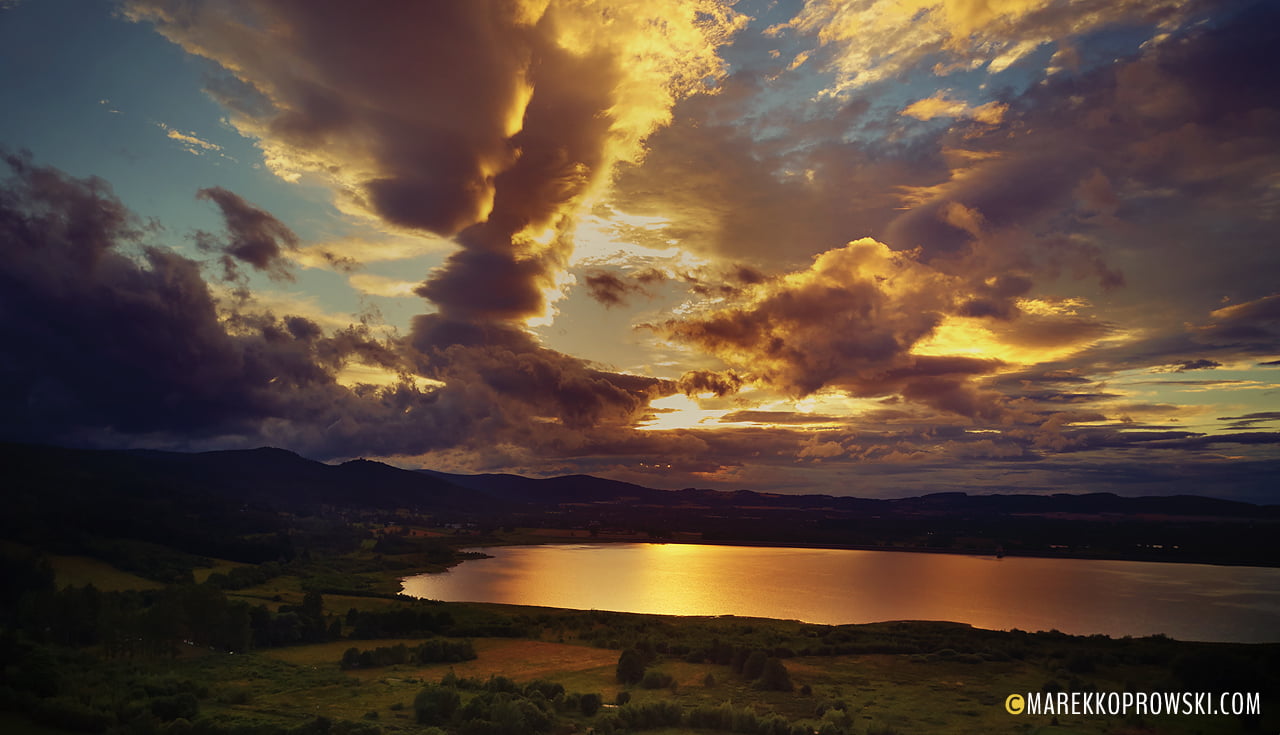
A wedding in the old Polish style fits perfectly into the idea of slow life. Matching both the decor and menu to the current season and creating a warm, family atmosphere will make wedding guests feel very comfortable throughout the ceremony. Therefore, this is the main theme parties This is often chosen by couples who are looking for harmony and live in harmony with nature.
Old Polish wedding mansions
Where to organize an old Polish wedding? It's simple - in the manor house! When we think of homes from bygone eras, the first thing that comes to mind is charming manor house. Of course, this type of wedding would go well in... castle or palace, but it is the manor house that we associate most with retro wedding.
Really fairy-tale manor house for a wedding can be found in Sosnówka near Karpacz. This The Crown of the Karkonosze Manor. In this unique wedding facility, we can organize an atmospheric ceremony in the gardens and get married in a special wedding gazebo - with a view of the mountains! Surrounded by wonderful greenery, singing birds, and the sun will serve as the background of our ceremony.
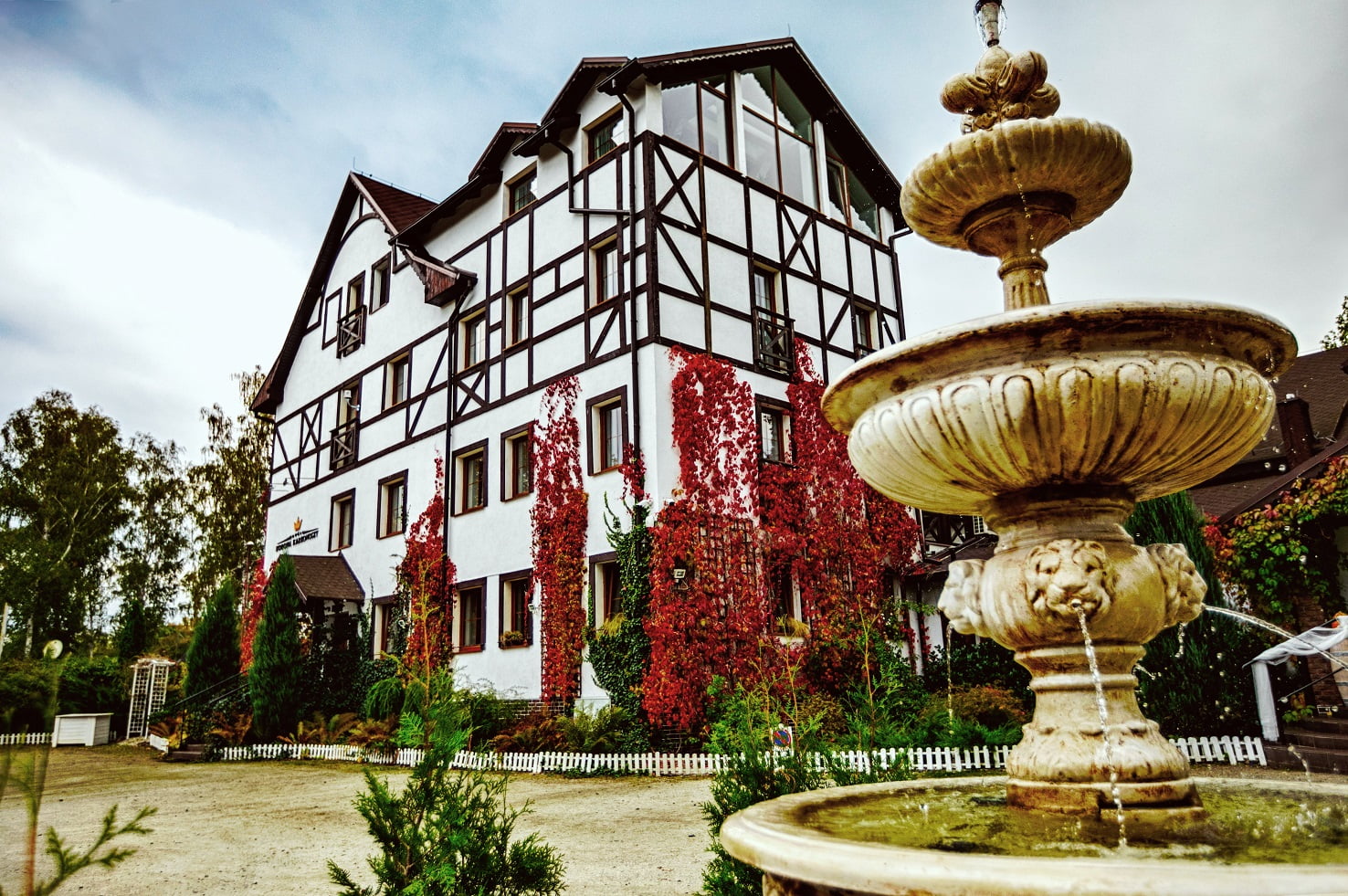
Ancient wedding customs
Old Polish wedding traditions were rich and diverse, and many of them had their roots in old beliefs and folk customs, sometimes dating back to Slavic times. It is also worth remembering that old Polish wedding customs were often regional wedding customs - each part of the country had its own wedding rituals.
Rituals at an old Polish wedding
However, some wedding traditions or wedding customs were quite common. First there was the engagement period. During this period, the future bride and groom could meet and get to know each other better. Often, the families of the bride and groom organized meetings and parties to enable closer relationships between the future spouses. The engagement was the formal announcement of the decision to marry. The bride and groom's parents and relatives were present during this ceremony. Engagement rings were often exchanged back then. Before the wedding, there was usually a stag party.
The wedding ceremony took place in a church and was a solemn event. It was preceded by the blessing of the bride and groom by their parents. Then the bride and groom took their wedding oath and the priest blessed their union. The bride and groom exchanged wedding rings as a symbol of their love and fidelity. These wedding rings were often decorated with inscriptions or ornaments.
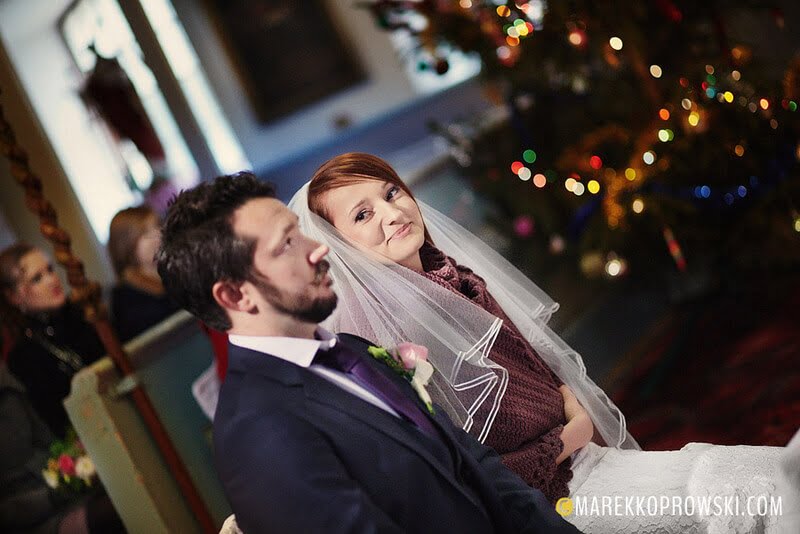
On the way to wedding hall could be met wedding gates blocking the road - you had to bail out. During the wedding, the following took place: oczepiny – a traditional ritual. The bride's veil was removed and then replaced with a bonnet, a symbol of a married woman. Traditional Polish weddings included traditional entertainment and games, as well as, of course, live music. Various wedding songs were also sung. An old Polish wedding could last several days, and its ending was as solemn as the beginning. These wedding traditions were an important element of the culture and social life of old Polish society. It is worth noting, however, that wedding customs differed depending on the region and time, so not all weddings looked the same.
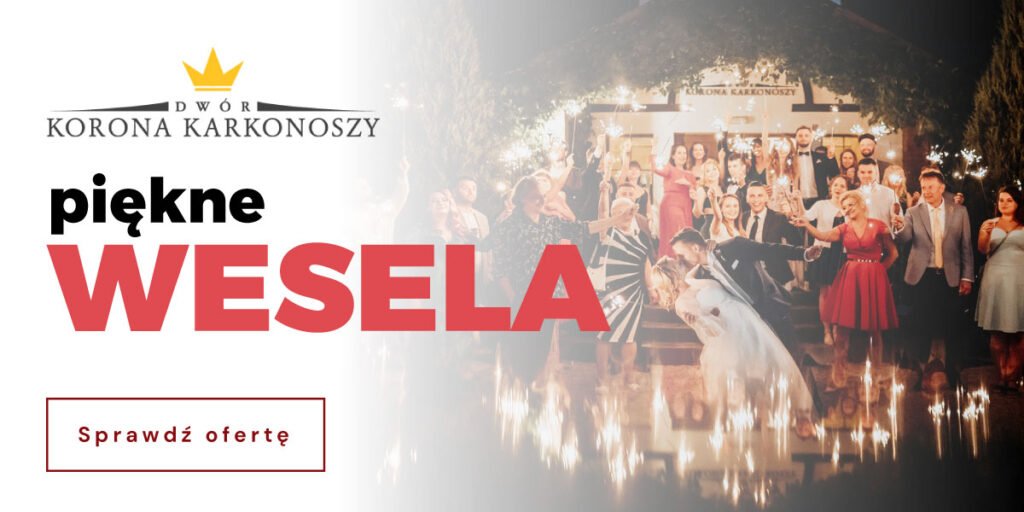
Frequently Asked Questions
Where to organize an old Polish wedding?
It is best to organize an old Polish wedding in a place reminiscent of old times - that's obvious. Castles, palaces and manor houses are ideal places for this type of celebration. One of the regions offering a huge selection of retro-style wedding facilities is the Valley of Palaces and Gardens in the Jelenia Góra Valley. Historic manors and villas surrounded by beautiful gardens fit perfectly into the concept of an old Polish wedding. In Sosnówka, near Karpacz, you will find the charming Korona Karkonoszy Manor House with a Court Wedding Hall that can accommodate up to 170 guests and a gazebo for outdoor weddings and receptions. The apartments, lounges and rooms at Dwór Korona Karkonoszy will also suit an old-Polish style wedding - they are stylishly decorated interiors referring to old eras.
What does an old Polish wedding look like?
Old Polish weddings, which took place in Poland many centuries ago, had many traditional elements and rituals that were different from modern ones. Here are some characteristic features of an old Polish wedding. Preparations for the wedding began many months in advance. The parents of the bride and groom were responsible for organizing the wedding. It was a great social event, and guests often came from different parts of the country. Pre-wedding rituals included, among others: engagement, engagement and the so-called oczepiny. The wedding ceremony usually took place in a church and was a solemn event. The bride and groom took their wedding oath. After the wedding ceremony, there was a reception at the bride's home or at the parents of one of the families. This event could last several days and was celebrated on a grand scale. Old Polish weddings were often very large, and the guests were very important. They were invited based on various criteria, such as kinship, acquaintance or merit. Large meals were served at the wedding, often in the form of feasts lasting many hours. Traditional Old Polish dishes were the main element of the menu. Alcohol was also present in large quantities. Folk music was played at weddings, and guests danced traditional dances such as kujawiak and oberek. There were also various wedding fun and games. Guests often brought gifts for the newlyweds, usually everyday items that were intended to help them start their married life. An old Polish wedding could last several days, and its ending was as solemn as the beginning. It is worth noting that wedding customs in Poland have changed over the centuries. Today's weddings in Poland are more diverse and reflect contemporary trends and preferences of the bride and groom.
